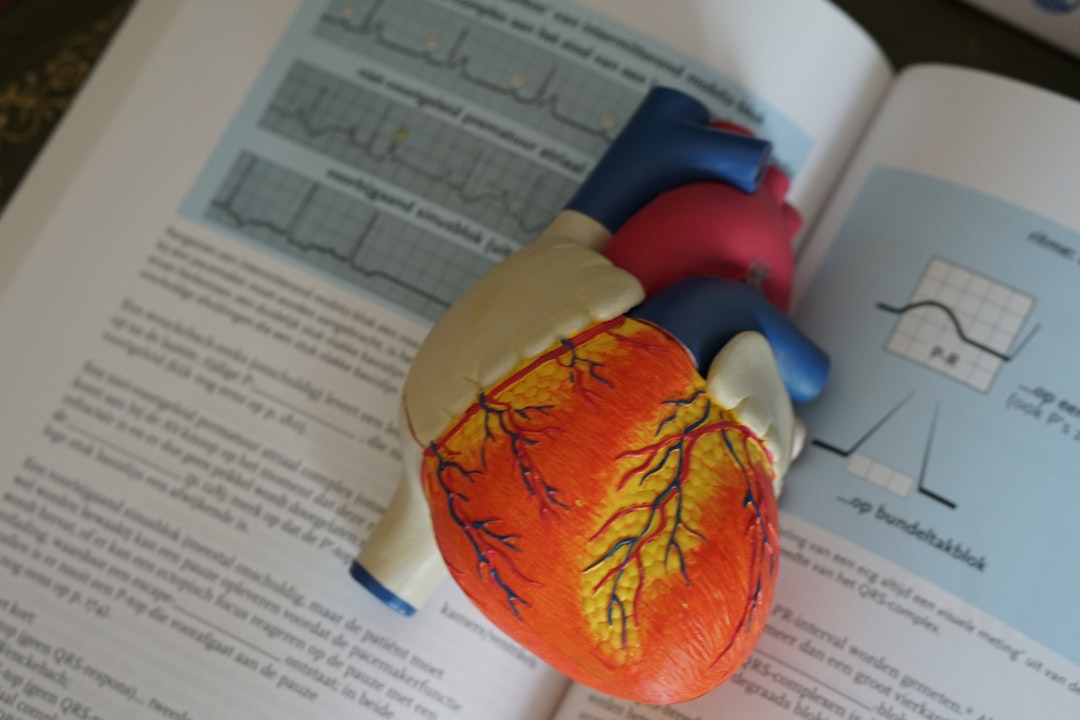What is it about?
Neurotransmitter molecules play important roles in facilitating communication between neurons in the central nervous system. Neuropeptides are a large class of such signaling molecules, and the molecular level details are unknown for many peptides. Understanding details about how neurotransmitters function, particularly how they engage with their receptors, is important for understanding biology and treating disease. Neuropeptides undergo a variety of structural modifications which influence their signaling. One such modification alters the configuration of atoms at one specific position in the neuropeptide (called “isomerization”) which can have dramatic influence on the resulting function of the neuropeptide. However, how isomerization influences the neuropeptides’ interactions with their receptors is not well understood. Here, we identified a neuropeptide signaling system in the model organism Aplysia californica which utilizes isomerization to alter selectivity between two different receptor molecules.
Featured Image

Photo by Hal Gatewood on Unsplash
Why is it important?
These findings provide new insights into how nature regulates intercellular communication via a subtle modification to neuropeptide structure (isomerization). Although neuropeptide isomerization has been known for some time, this modification’s impact on receptor recognition and activation is understudied. This study provides the first evidence that neuropeptide isomerization can be used to modulate receptor selectivity, and immediately suggests that other neuropeptide signaling systems may also utilize isomerization in a similar manner. It will be especially exciting to explore this possibility in future research.
Read the Original
This page is a summary of: Endogenous
l
- to
d
-amino acid residue isomerization modulates selectivity between distinct neuropeptide receptor family members, Proceedings of the National Academy of Sciences, March 2023, Proceedings of the National Academy of Sciences,
DOI: 10.1073/pnas.2217604120.
You can read the full text:
Contributors
The following have contributed to this page










